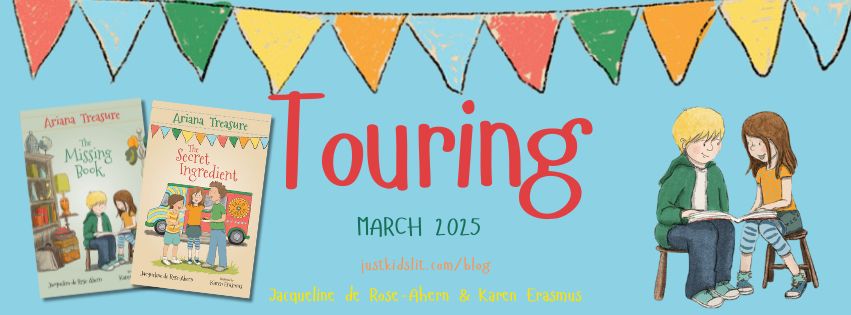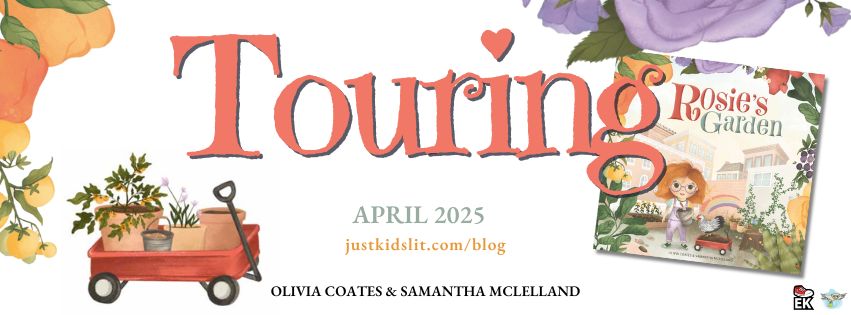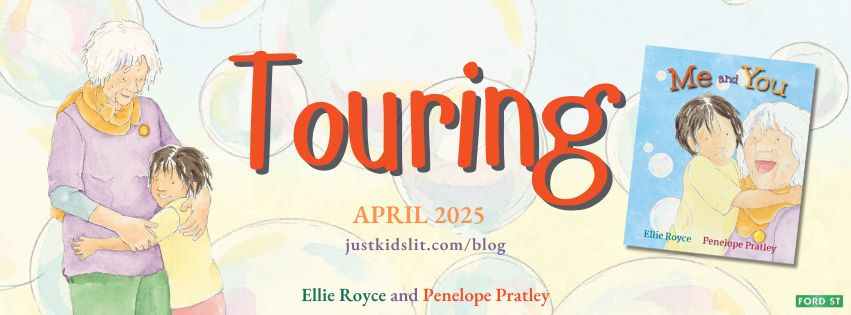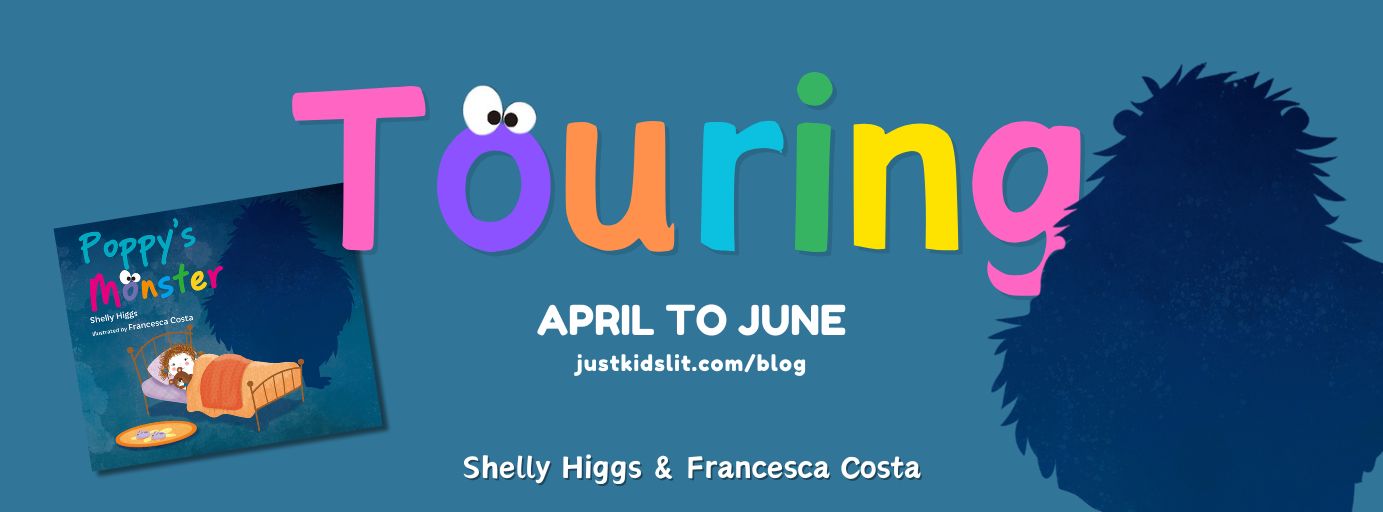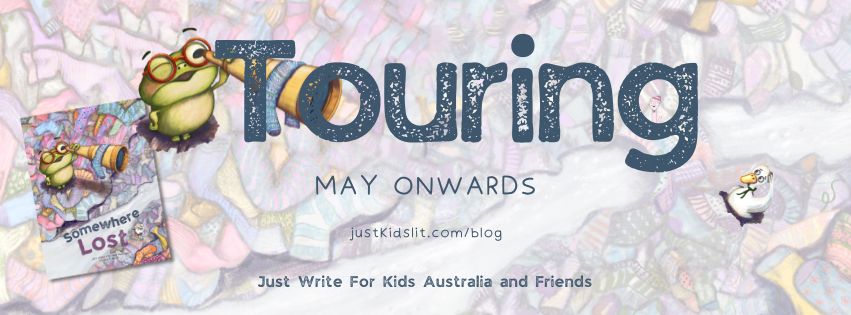#maxboothfuturesleuth #chipblip #bookcampaign #booksontourpr #day5
Drawing on the themes of science and technology, friendship, kindness to animals and animals in space in Cameron Macintosh and Dave Atze’s Max Booth Future Sleuth; Chip Blip, we will be focusing on some fun learning tasks to reinforce and develop understanding in the areas of STEM (Science, Technology, Engineering, Maths). Students will be able to identify similarities and differences of technological advances over time, design and experimentation through scientific, creative, and artistic skills with these few activities.
*Max Booth Future Sleuth; Chip Blip, written by Cameron Macintosh, illustrated by Dave Atze, published by Big Sky Publishing, July 2020.
Key Curriculum Areas
English
Literature and context:
Discuss texts in which characters, events and settings are portrayed in different ways, and speculate on the authors’ reasons (ACELT1594)
Age Range
7 – 11 years
Discussion
From the front cover, discuss what the object in Max’s hand could be. What do you think it would be used for?
Have you heard of a microchip? Where are they placed and what is their purpose?
Now read pages 111 and 112 about Pet ID Chips. What have you learned about microchips? What do you think the technology of pet identification might look like in the distant future?
There is much context around pet ownership and animal welfare in the book. Discuss what sort of practices are appropriate and what might seem unfair or cruel.
Have you ever heard of animals travelling to space like Sandy the Space Dog? Could this be true or might it be fictional? Do you think it will become a more common practice in the future for animals to travel by rocket? What might be the purpose or benefit to taking a pet to space?
Learning Activities
Technology Thinking Task
Choose an aspect from the story, ie. microchip technology, Internet / Splinternet, etc, and create a Venn Diagram, identifying the similarities and differences between the Present and the (possible) Future.
Language and Writing Task: Write a News Report
Write your own news report about an animal travelling to space. Include the 5Ws and H; Who, What, When, Where, Why and How. Present it using technology, such as creating a typed report, a graphic or a slideshow presentation.
Technologies: Animation
Use your design and technological skills to create a stop-motion, or other format, video animation of one of the scenes in the book.
Art and Design: Sandy’s Cosmic Collar
Use the template or create your own to design and produce your own ‘cosmic collar’ using a range of materials, including paints, collage, craft supplies (eg. jewels, buckles, etc). Challenge: use a sturdy material and create a more durable collar by sewing or gluing fabric together.
Research some facts about animals that have been to space. Who were they? When did they travel? Why? For how long? Write up your findings.
Science: Design and Create your own Rocket for Sandy
 Design and create a model of Sandy’s space rocket that actually flies! There are several ways to make rockets, some listed below. Make sure you discuss the science behind it – laws of motion, what a force is, and what gravity is. Some experiments might include chemical reactions.
Design and create a model of Sandy’s space rocket that actually flies! There are several ways to make rockets, some listed below. Make sure you discuss the science behind it – laws of motion, what a force is, and what gravity is. Some experiments might include chemical reactions.
Here are some possible ‘rocket’ experiments to try. Be sure to include Sandy on your design!
All of the following can be found at Inspirational Laboratories
Straw Rocket (example from simpleplayideas.com)
Squeeze Bottle Launcher (example from NerdyScience nerdybaby.blogspot.com)
Balloon Rocket (example from whatdowedoallday.com)
Chemistry Baking Soda Rocket (example from stevespanglerscience.com)
Water Rocket (example from kcedventures.com)
Follow Cameron Macintosh at the following links:
Website: www.cameronemacintosh.com.au/
Facebook | Twitter | Instagram | YouTube
Max Booth Future Sleuth: Chip Blip is available to purchase at Big Sky Publishing | Booktopia
It’s a Lucky Chip Blip #BookGiveaway!
Click here to enter and go in the running to WIN a copy of the fun-tastic, futuristic Max Booth Future Sleuth; Chip Blip!
Follow the treasure trail with Cameron Macintosh and his fifth title in the Max Booth Future Sleuth series; Chip Blip, with special appearances at the following media sources…
Organised by Books On Tour PR & Marketing. Email: info.booksontour@gmail.com













